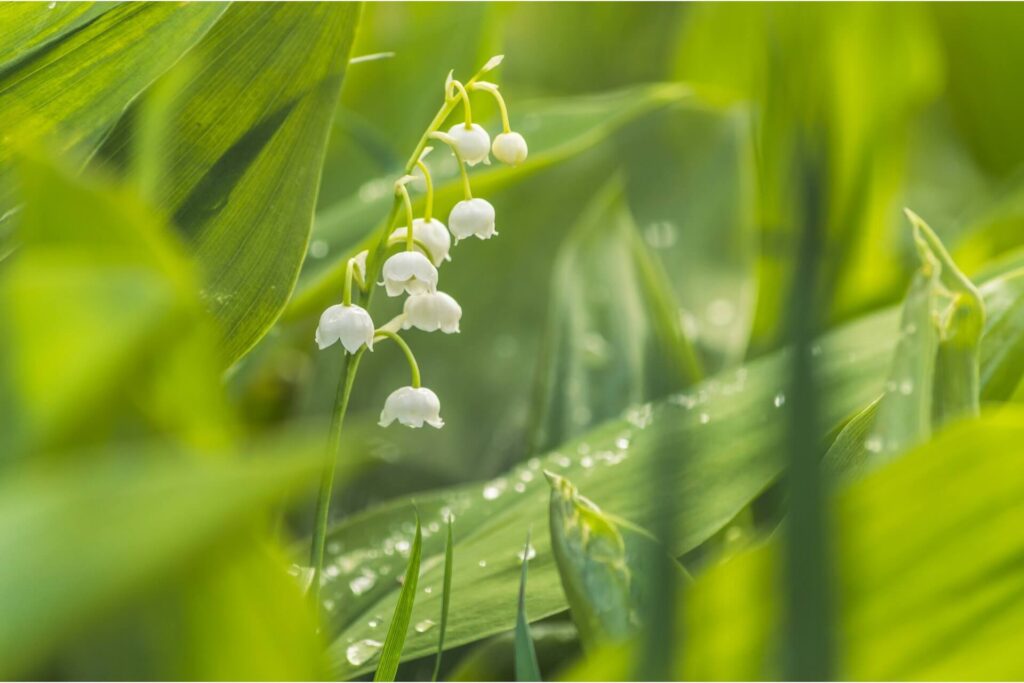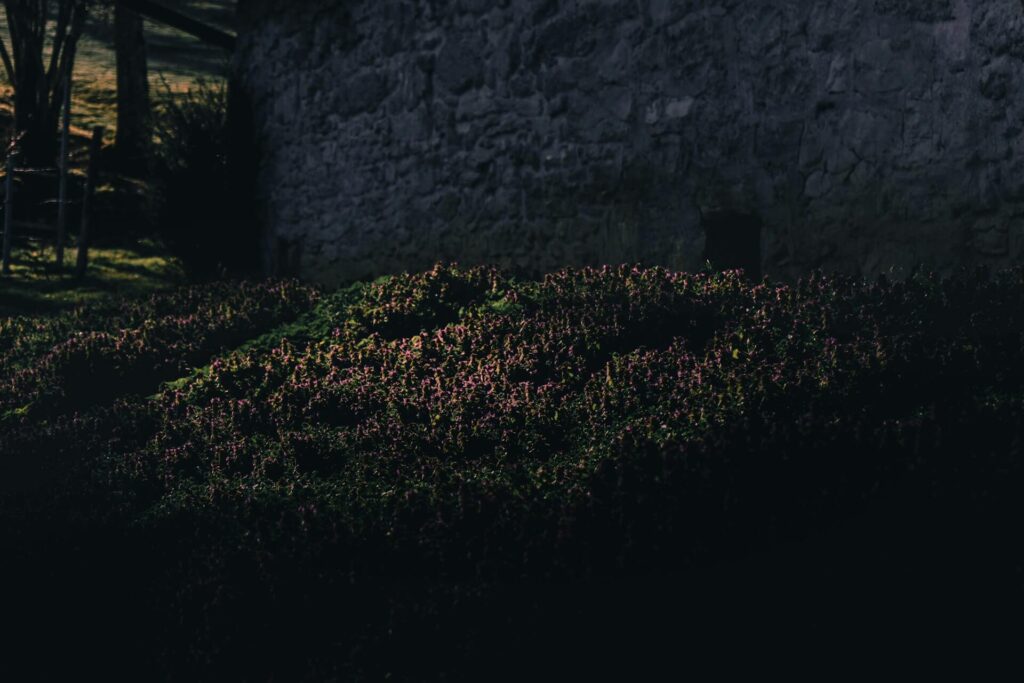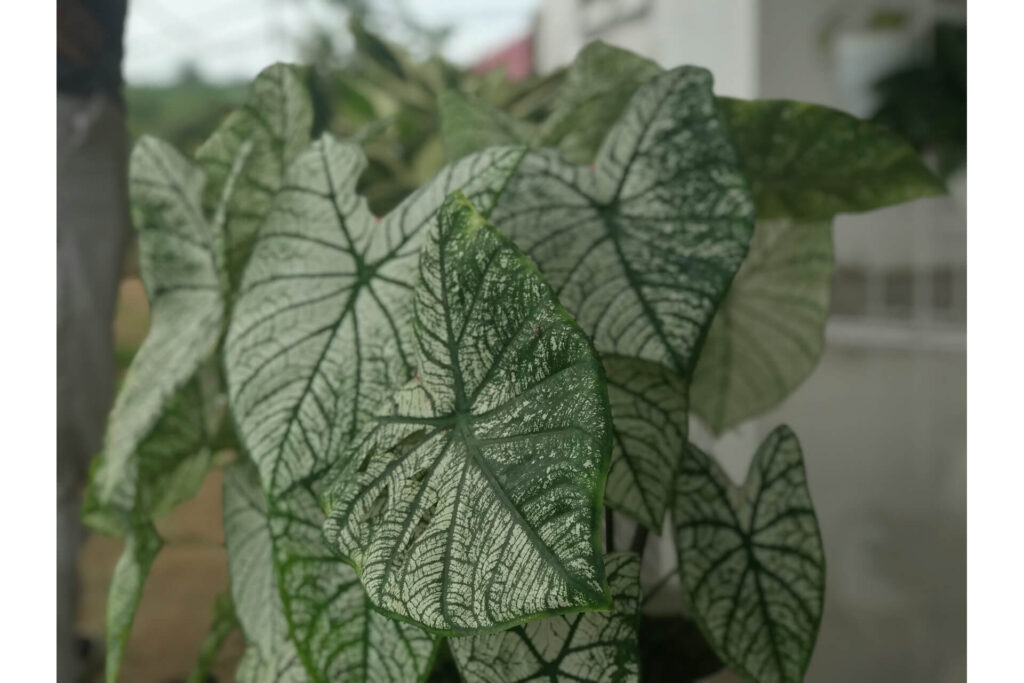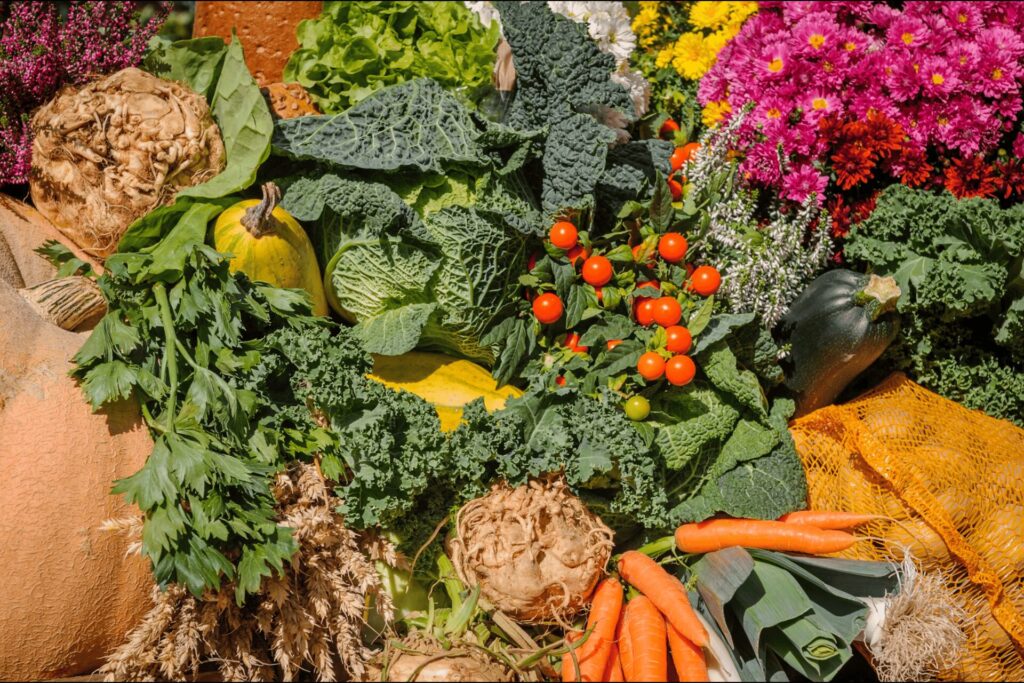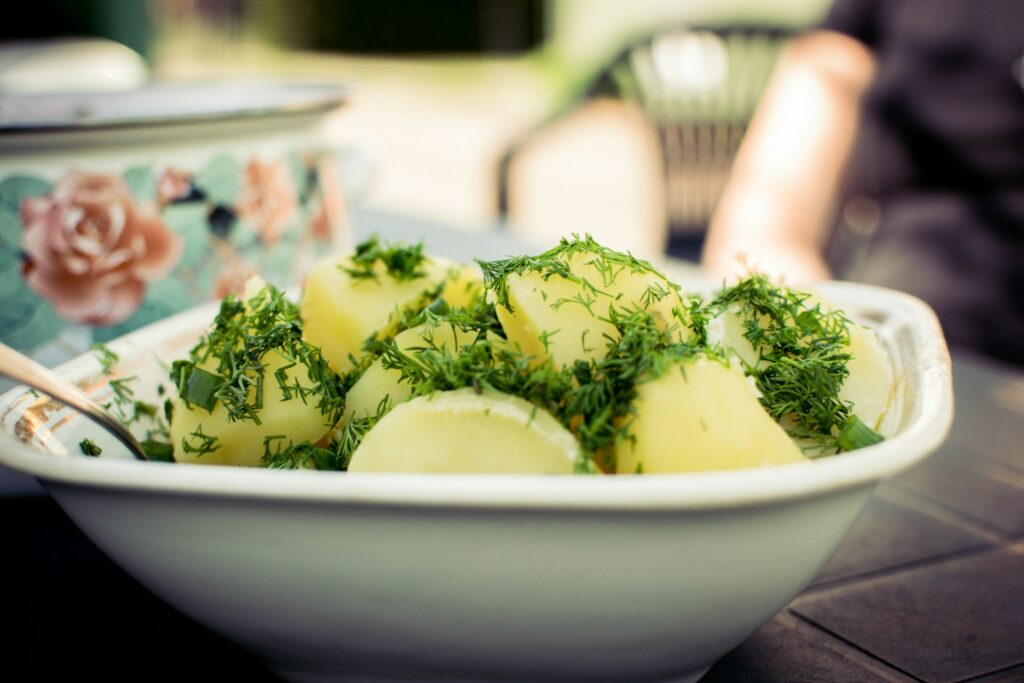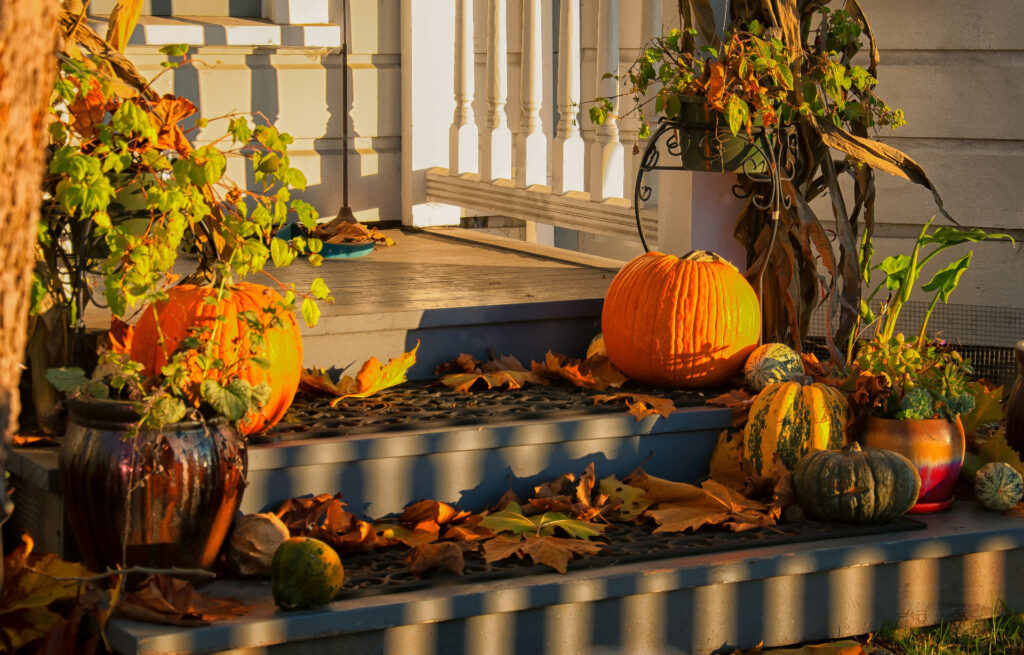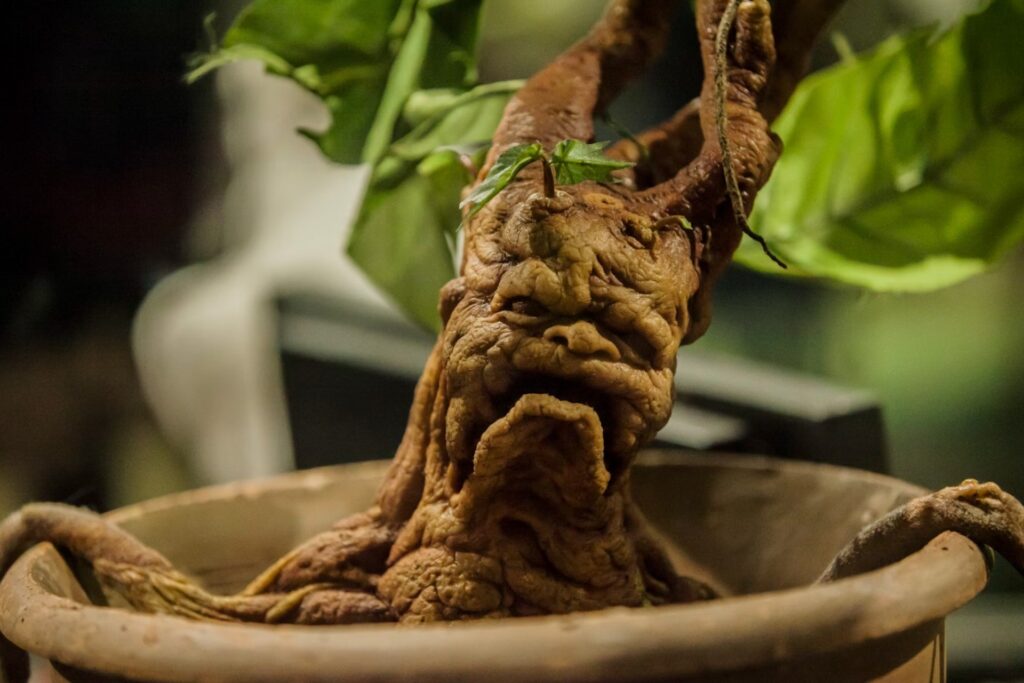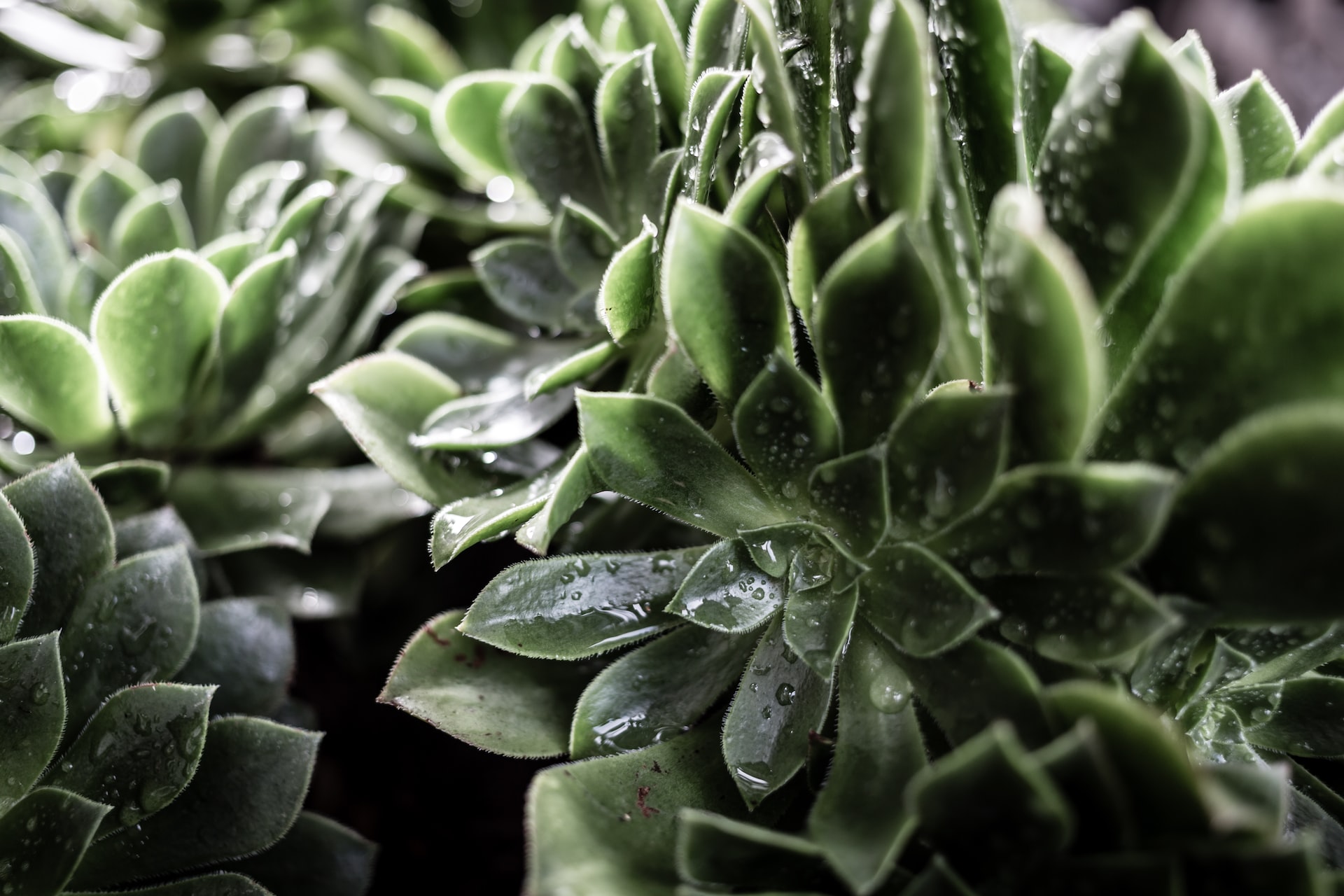
We are reader-supported. When you buy through links on our site, we may earn an affiliate commission.
If you’re a plant lover, you probably know that regular watering is important to keeping them healthy. Did you know that the water source you give your plants matters in keeping them healthy?
You might think that any clean water source will let your greenery thrive, but clean isn’t enough to get the best plants possible. Whether it’s from the tap or the sky, different water sources effect plants differently. Where you choose to get your water can be the difference between nourishing and accidentally poisoning your flora.
Here’s your guide of how different water sources affect your plants, and what water is the best to give them.
Tap Water
It’s tempting to use tap water since it’s readily available. The problem is that unless you have perfect conditions, tap water can damage your plants.
If you have hard water, it will contain minerals that damage your plants. In a similar situation, soft water has salts that also harm them. Not to mention, tap water contains chlorine and other chemicals that can stunt your plant’s growth or even kill it.
One way to get away with tap water is installing a filtration system that takes excess minerals and chemicals out of the water. You can also sit your tap water out in the sun for 24 hours to reduce chlorine levels.
Bottled Water
Bottled water is pre-filtered, making it a good choice for your plants. The minerals that remain in bottled water can benefit your plants’ growth.
Unfortunately, using bottled water does have some unsavory side effects to think about. The plastic from bottled water negatively impacts the environment. Bottled water is also too expensive for most people to rely on as their regular water source.
Distilled Water
Distilled water is an excellent option for your plants since it’s completely free of chemicals and minerals found in other types of water.
The lack of chemicals and minerals ensures your plants have no risk of harm. However, they might need some supplemental nutrition to replace any good minerals they lack.
You can purchase distilled water or use an at-home device to distill your tap water. Keep in mind that both the purchased water and machine can get pricey.
Cooking Water
Cooking water is a fantastic low-cost source for your plants. Use the cooled water you boiled for cooking pasta, boiling eggs or steaming vegetables.
This leftover water will have nutrients like potassium and calcium, which nourish your plants. Any harmful minerals and chemicals will deconstruct while boiling, eliminating their threat.
Since you can just boil tap water, using this source eliminates the expense of buying different water.
Rain and Snow
Using precipitation is the best way to water your plants. It’s how they would receive water living in the ground and be free from impurities that harm them.
You can collect rain in a barrel to water your plants. For snow, you can take it off the ground and put it into a container to melt for them.
Where you get it from, though, is essential. You can’t just buy rainwater on the shelf, and you must be careful about collecting it outside. In polluted areas, the pollution can come down in rain and snow, hurting your plants. If you pickup snow from a sidewalk, it can contain rock salt that can poison them.
If you choose this method, ensure you’re collecting from a clean area free from salt, trash and smog. It doesn’t have to be perfect. Keeping a container outside to catch the precipitation is a great way to start, even if it isn’t possible year-round.
Keeping Your Plants Healthy
To keep your plants happy and healthy, you want to give the the best water source possible. By avoiding the tap and making sure your plants have nutrients, you will give them the best chance to grow.
